
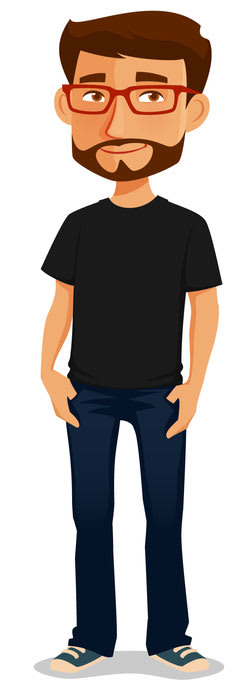


DISCUSS:
How could you bring the sun’s light and heat to this town? (Hint: You can’t move the sun, but is there a way to move the sunshine?)
















These online books are free for educators registered on Epic!:
Temperature: First Science by Kate Manolis discusses temperature and its effects. (Age 5-7)
What Does Sunlight Do? by Jennifer Boothroyd describes the role of sunlight in bringing light and warmth to the Earth. (Age 5-7)
Keeping Cool in Summer by Rebecca Felix is an interactive book about the many ways we stay cool in the summertime. (Age 7-9)
Show students a news report about the real town of Rjukan, Norway that inspired the activity for this lesson.
With these activities, students can investigate how to make a hot place colder (the opposite of our Mystery!):
Grade K
Weather & Seasons
Sunlight, Warming, & Engineering
K-PS3-1, K-PS3-2, K-2-ETS1-1, K-2-ETS1-2, K-2-ETS1-3
In this lesson, students think about their experiences with hot and cold weather, and learn about a real city where the sun never shines in winter. In the activity, Chill City, students experiment with different types of materials (opaque, transparent, and reflective) to figure out how to reflect light. They use this to bring light and warmth to an imaginary paper town.
Preview activity| Chill City printout | Print 15 copies |
| Draw Chill City worksheet | 30 copies |
|
Rulers
|
15 rulers |
|
Aluminum Foil
|
2 feet |
|
Black Construction Paper
|
2 sheets |
|
Clear Plastic Report Covers
|
2 covers |
|
Colored Construction Paper
|
2 sheets |
|
Dot Stickers
We prefer stickers because they are easier to distribute in a classroom.
Tape also works.
|
Details
30 stickers
|
|
Envelopes
|
15 envelopes |
|
Index Cards (3x5)
|
15 cards |
We suggest students work in pairs. Homeschool students can work on their own.
In this activity, students fold their worksheet so that part of the paper acts as the mountains, casting a shadow over “Chill City,” the paper town on the worksheet. For this to work, you need a light source that is NOT overhead. We have used desk lamps, table lamps, or light from a window.
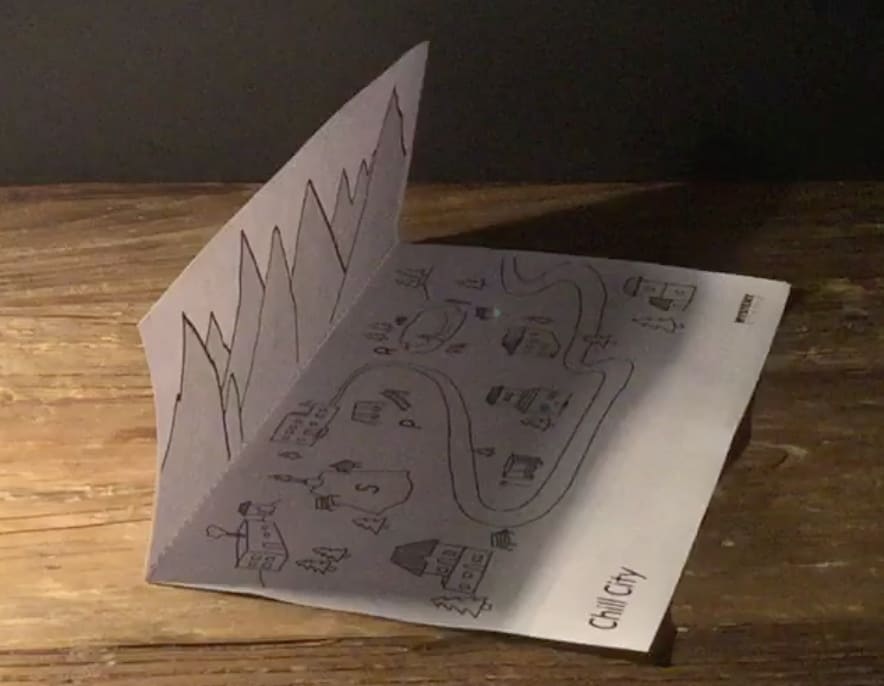
If your window isn’t bright enough, a table lamp with no shade can work well as a source of “sunlight.” Put the lamp on the floor and have students sit in a circle around it. To test your light source to make sure it will work, or this activity, we recommend that you print out a copy of the Chill City worksheet and try steps 3 to 6 of the activity instructions.
Cut each report cover into two sheets at the fold. Then cut each sheet into 8 equal pieces, like this:
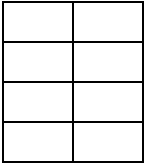
Do the same for the black construction paper, colored construction paper, and aluminum foil.
For each pair of students, assemble an envelope of supplies containing:
Grade K
Weather & Seasons
Sunlight, Warming, & Engineering
K-PS3-1, K-PS3-2, K-2-ETS1-1, K-2-ETS1-2, K-2-ETS1-3
Thanks for your feedback! If you have a question or need help, please contact us. Please consider sharing your review:
Sorry the lesson didn’t go well. We read every single review in an effort to improve our Mysteries.
Thanks for letting us know. We’ll wait to ask you for feedback until after you've actually taught it.
Thanks for the feedback! We read every single review in an effort to improve our Mysteries.
Please follow these steps:
Locked
6:10
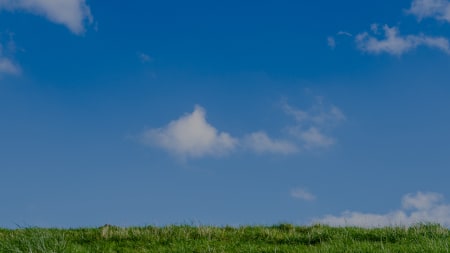
Why is the sky blue?
Locked
4:41
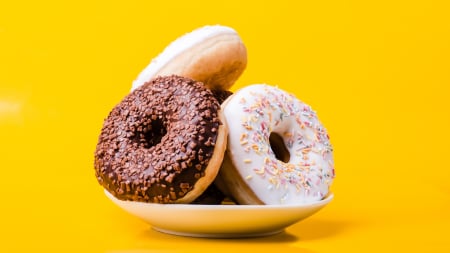
Why do we call them doughnuts?
Locked
5:16
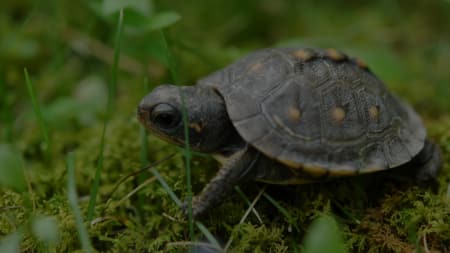
Could a turtle live outside its shell?
Your membership is expired. The archive of past Mini Lessons is not included in your limited access.
View pricing